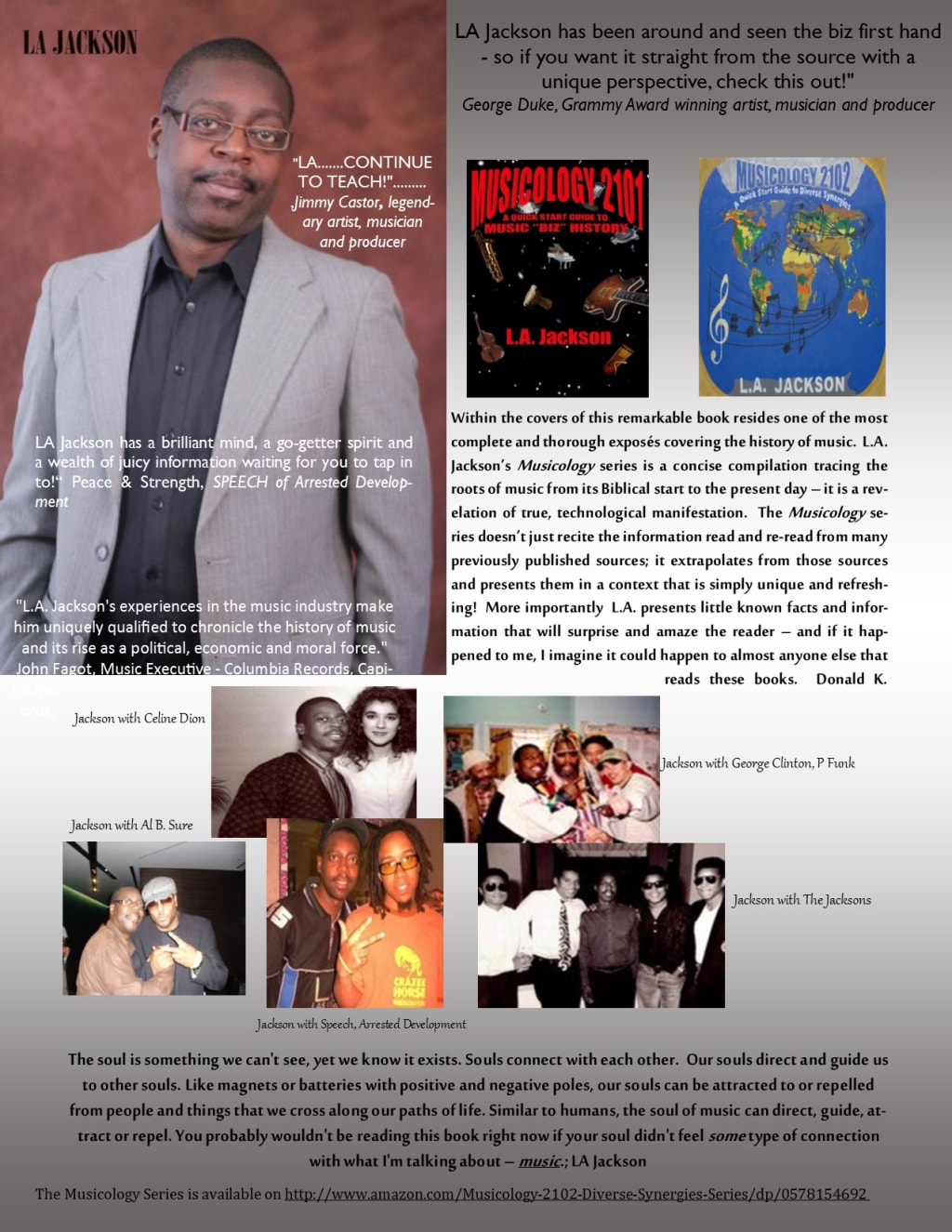
Another Latin music style is Salsa, which you will soon see is a popular music genre unto itself. Salsa instruments include the bass, bongo, conga, cowbell, clave, cabaca, guitar, maracas, piano, timbales, trombones, trumpets, woodwinds called ocarinas and panpipes. Salsa embodies the Latin music persona, but has since expanded to include American genres like Pop, Rock, Jazz, and R&B. You may notice that when a music style--in this case Salsa--gets popular, it often sub-divides and forms other styles of Salsa: Erotica, Gorda, and Romantica. There are also fusions like Charanga-Vallenata, Mereng-House, Salsa-Merengue, Songa-Salsa, TImba, and Salsa flavored Reggeaton.
As the name might imply, Reggaeton is made up of Jamaica's popular Dancehall-Reggae music style with Spanish lyrics riding on top of it. There are various related cultures that continue to mesh, and we'll probably see more interesting mixes of different genres. Along the way, assorted countries continue to produce Rap music in their own language. If you haven't had a chance to hear Rap music from other countries, you owe it to yourself to take a listen to the similarities and differences of these dynamic styles. Certain college and community-based radio stations such as Atlanta's WRFG-FM radio are leading the way to alternative programming that cannot be found in commercial radio.
A major force of the Caribbean Latin music movement was a very impressionable musician with flair. His full name is, (take a deep breath) Francisco De Asis Javier Cugat Mingall De Cru Y Deulofeo. That adds up to a name for every day of the week! The last time I heard a name that long was in a Debra 'She's So Fine' Wilson skit on 'Mad TV.' I can't remember all of the other names that preceded her last name - wait, it's coming back to me: "Bunifa Latifah Halifa Sharifa Jackson." Without twisting up our tongue this time, Xavier Cugat brought his influence to American audiences through a rich musical heritage that began in Spain and by 1905, landed him in Cuba. His humble beginnings as a trained violinist led him to create an exciting musical sound that spread like wildfire to Latin-American dance floors. He is credited with taking popular Latin music to new heights for dances like the Cha Cha, Mambo, Rhumba, Tango, "Latin Hustle, too." Coincidentally, the last three dances were so popular that they were mentioned in the classic Disco group Chic's hit song, "Dance, Dance, Dance (Yowsah Yowsah Yowsah)."
Hollywood was growing ever more glitzy by introducing film stars such as America's funniest redhead-Lucille Ball-who through comedy, later claimed her share of the television broadcast market. Hit shows like "I Love Lucy" put Lucy and her musician-husband Desi Arnaz into TV's limelight. Shows like this featured a wide variety of musicians that made contributions to Hollywood, like Desi Arnaz and Xavier Cugat.
In 1918, Cugat traveled to the United States to work in film with his superb band. It featured a young, pre-Lucille Ball, Desi Arnez and other notable Cuban musicians. By 1920, Cugat moved to Los Angeles to perform his spicy shows that often featured popular singers like Rita Hayworth, who he once helped to get a starring role in a movie. Having been known as a ladies man, his third wife, Abbe Lane Cugat, starred in nine motion pictures during a fabulous Hollywood movie career that spanned from 1930 to 1959. Not even "Cuchi Cuchi" diva Charo: the international film and television star, songstress, guitarist and dancer, could not resist Cugat's charm. She became his fourth wife in August of 1966; he was 66 years young. After Cugat discovered Charo, the fabulous Salsoul Orchestra collaborated on her first four albums. Like Xavier Cugat, Charo was born in Spain, and also has an extensive name: Maria del Rosario Pilar Martinez Molina Baeza.
Towards the completion of Cugat's dynamic career, he moved to the east coast and conducted the famous Waldorf-Astoria Hotel's house band. Originally just an ordinary gig, it turned into an encore that lasted more than 15 years. Xavier Cugat actually tapped into a commercial form of Latin-American music, but got criticized for crossing the unwritten borders of credible music as prescribed by his peers. He eventually left his band and passed his baton to a well-known and respected Tito Puente. After releasing dozens of tracks over the course of 75 years, Cugat's legacy encompassed significant forays into the Hollywood movie world during the '40s and '50s. Cugat completed his 'circle of life' in America, and in 1970 he moved back to where it all began for him, Spain. This extraordinary musician will always be remembered for his important contributions to the world of entertainment, dance and music, which points to what I call a 'particular modus operandi', like the special gift called Salsa.
The newfound popularity of Salsa was taken to another level by Fania Records. This record label spearheaded a music revolution during the 1960's, and still has a lasting effect on the world of Pop today. Fania Records was created in the early '60s by musician Johnny Pacheco and lawyer Jerry Masucci. Johnny Pacheco linked singer Hector LaVoe up with trombonist Willie Colon, and formed a team unlike any other in their profession. Many famous pairings of people from different professions have succeeded in business ventures. One example is the collaboration between talented musicians and savvy lawyers who came together to establish powerful organizations like ASCAP and Capitol Records.
On a side note, Capitol was the first major west-coast based label; the rest were based in New York. Around this time, the music industry was making room for new artists and music styles, like James Brown (Soul). There was also Stanley Clarke and Return To Forever (Jazz-Fusion), Jimi Hendrix & The Experience, Sly & The Family Stone (racially integrated bands), and Parliament-Funkadelic (Funk). Salsa's newest baby became the majestic Fania All-Stars. The band featured 'heavyweights' like Celia Cruz, Larry Harlow, Ray Baretto, Luis Ortiz, Bobby Valentin, and Panama's own Ruben Blades, whose eye for Hollywood landed him in blockbuster films and popular shows. Besides making appearances in classics like Predator 2, Blades popped up in these movies:
Assassination Tango Spin Chinese Box
Once Upon A Time in Mexico Fatal Beauty Critical Condition
Disorganized Crime The Two Jakes Mo' Betta Blues
Life with Mikey Color of Night The X Files
This is not a complete listing. So where did such an exciting music style like Salsa get its roots? That's a great question; for that, there too is an answer. This infectious music known as Salsa was actually an amalgamation of Afro-Cuban, American, and Puerto Rican flavors of Bomba, Jazz and Merengue. Through tons of performances and recordings, Salsa took on a unique form and shaped itself into a dominant music style. As a result, Salsa was let loose on stages and dance floors wherever it went. The Fania All-Stars represented Salsa at its best.
About the Creator
L.A. Jackson
L.A. Jackson went to Georgia State University on a Bill Lowery scholarship, majoring in Commercial Music & Recording. Working with CBS Records (later Sony Music), he marketed music by Columbia, Epic and Def Jam. Then came Musicology books.






Comments
There are no comments for this story
Be the first to respond and start the conversation.